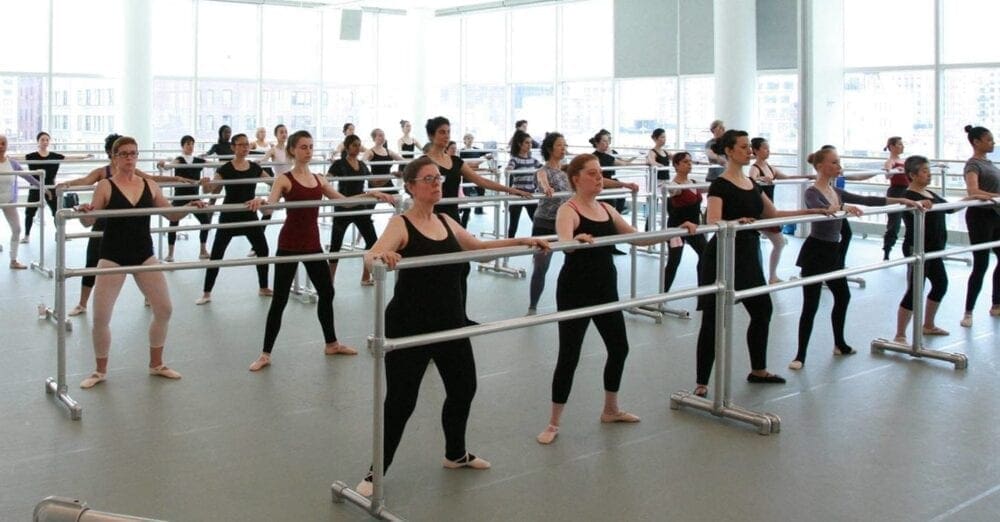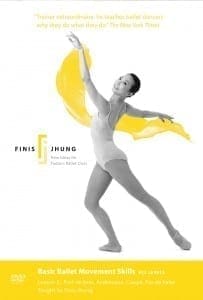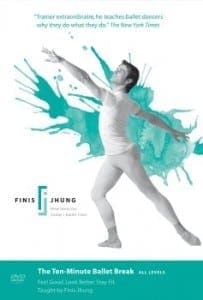It is important to remember that the demi-plié in ballet dancing differs from the plié in contemporary dance. In ballet, our movements are usually upward, quick, and light—the dancer must rise from a plié into a pose, turn, or jump and therefore a high center of gravity is required. In contemporary dance the movements are usually horizontal or downward, and weighted—the dancer works with a low center of gravity since there are frequent descents into prone or sitting positions on the floor.
Please don’t relax your demi-plié during your barre exercises. When you have a deep relaxed plié, this will force you to pull yourself up out of it and in doing so this will tend to set you back on your heels and make you behind the music.
At the ballet barre, and as much as possible in center floor when working slowly, always remember you are going to do something with that demi-plié whether it be a pose, turn, or jump. Therefore, when you demi-plié in each exercise, initiate the plié by clawing the floor with your toes and gripping the floor. You want to connect with the floor. You want to feel the muscles in your toes, instep and ankle fully engaged. You are preparing the ball of your foot and your toes to extend, spread, and take all of your weight when you relevé. Make sure you feel a muscular connection from the tips of your toes to your hip—you are spring-loading your feet so that you can push down on the floor and propel your body upwards.
Start and end each demi-plié with your toes and you will improve rapidly. As much as possible (if music and the choreography allow), use this kind of plié in center floor before you pirouette as well as to initiate jumps from two feet.






